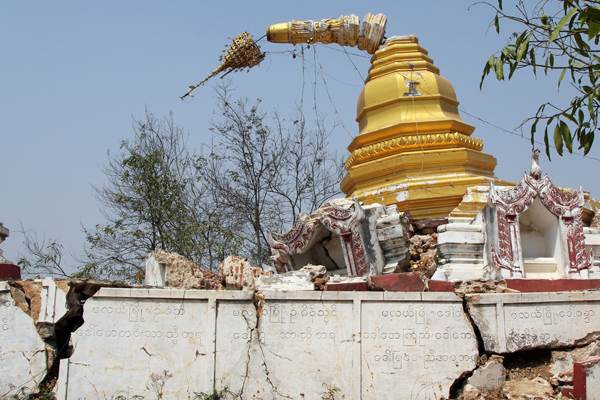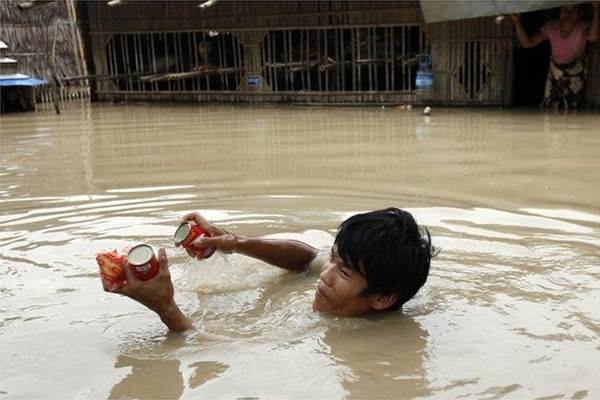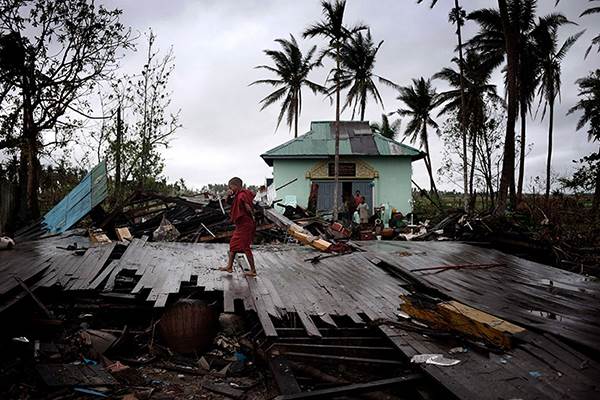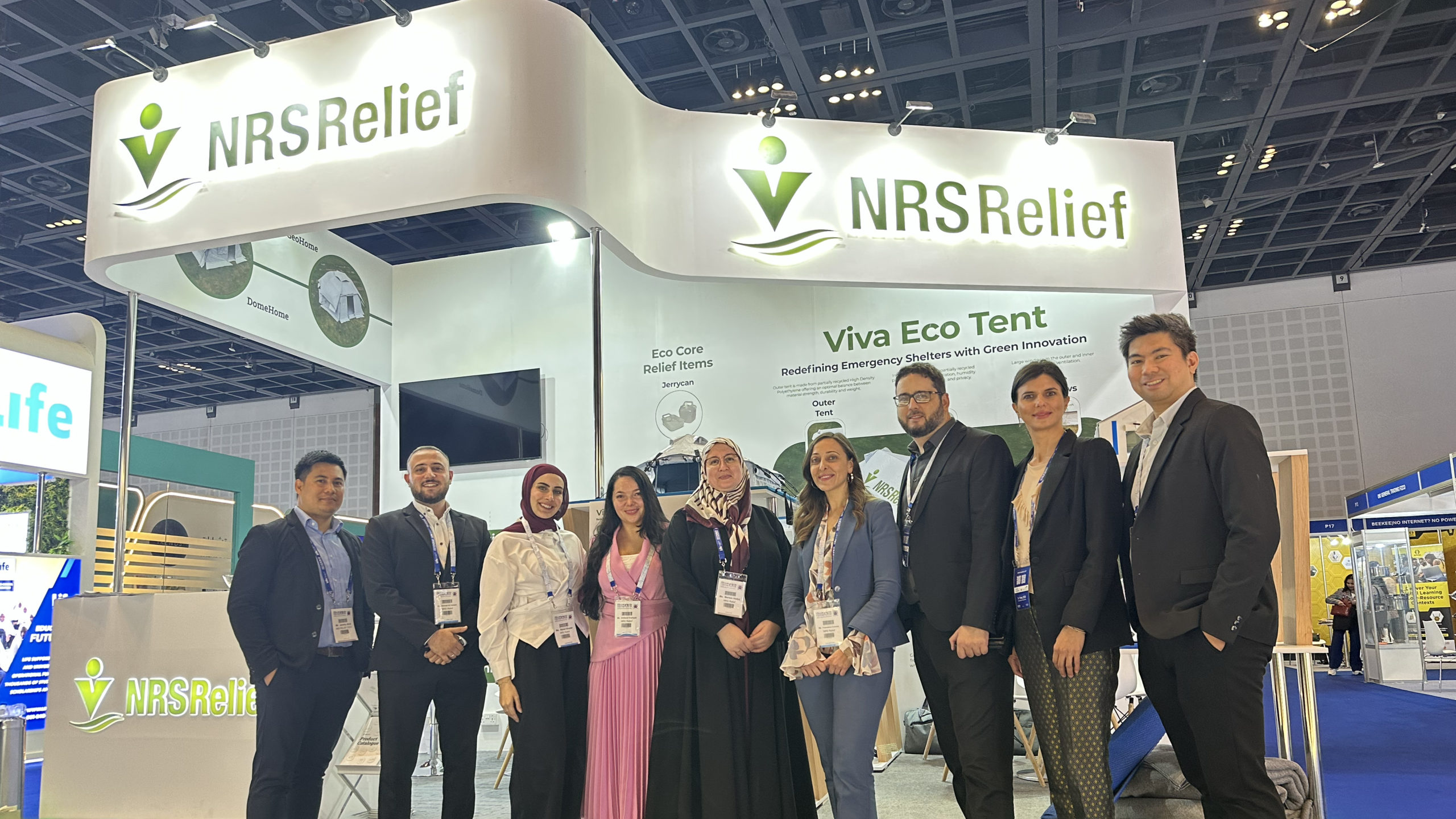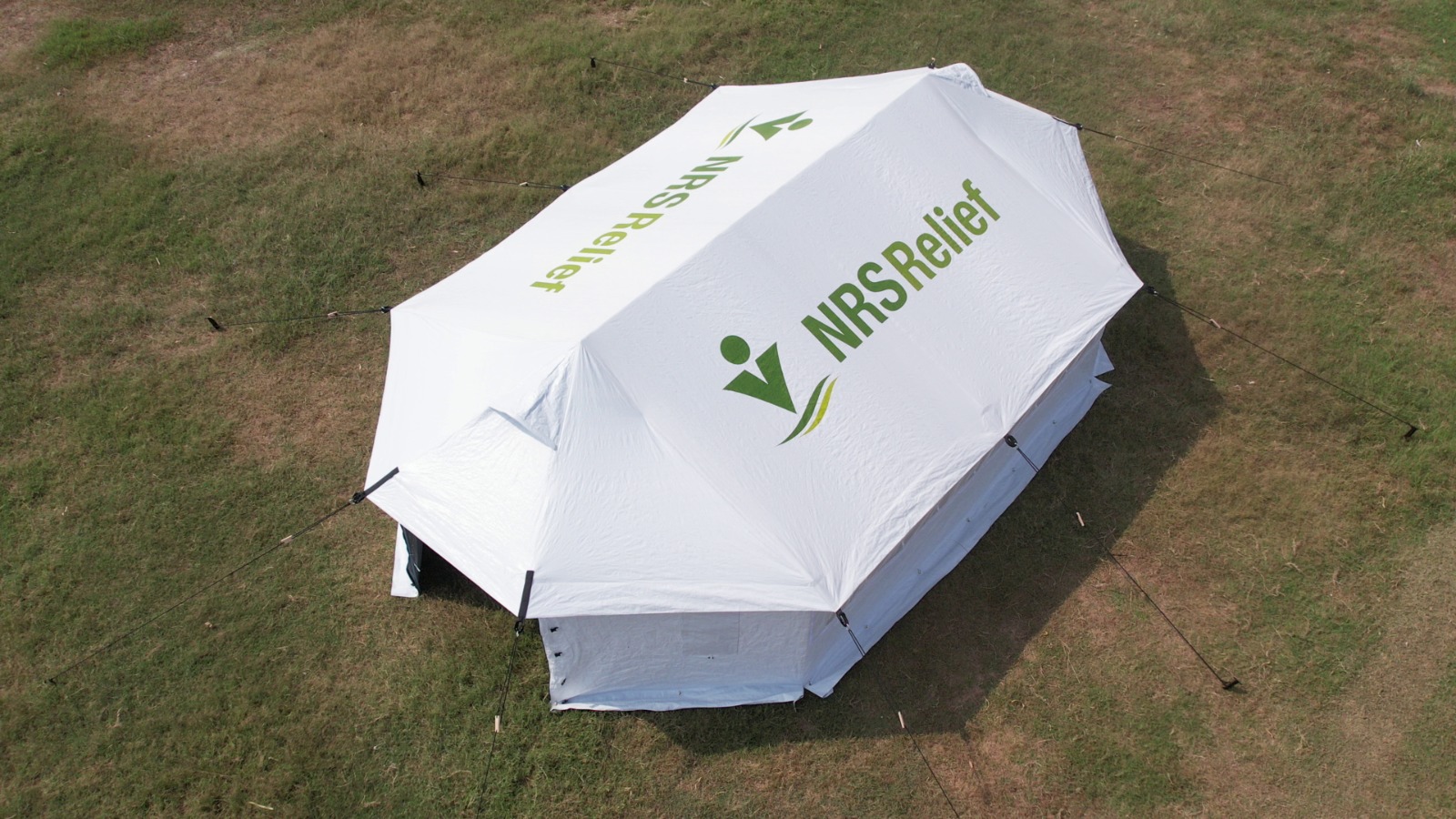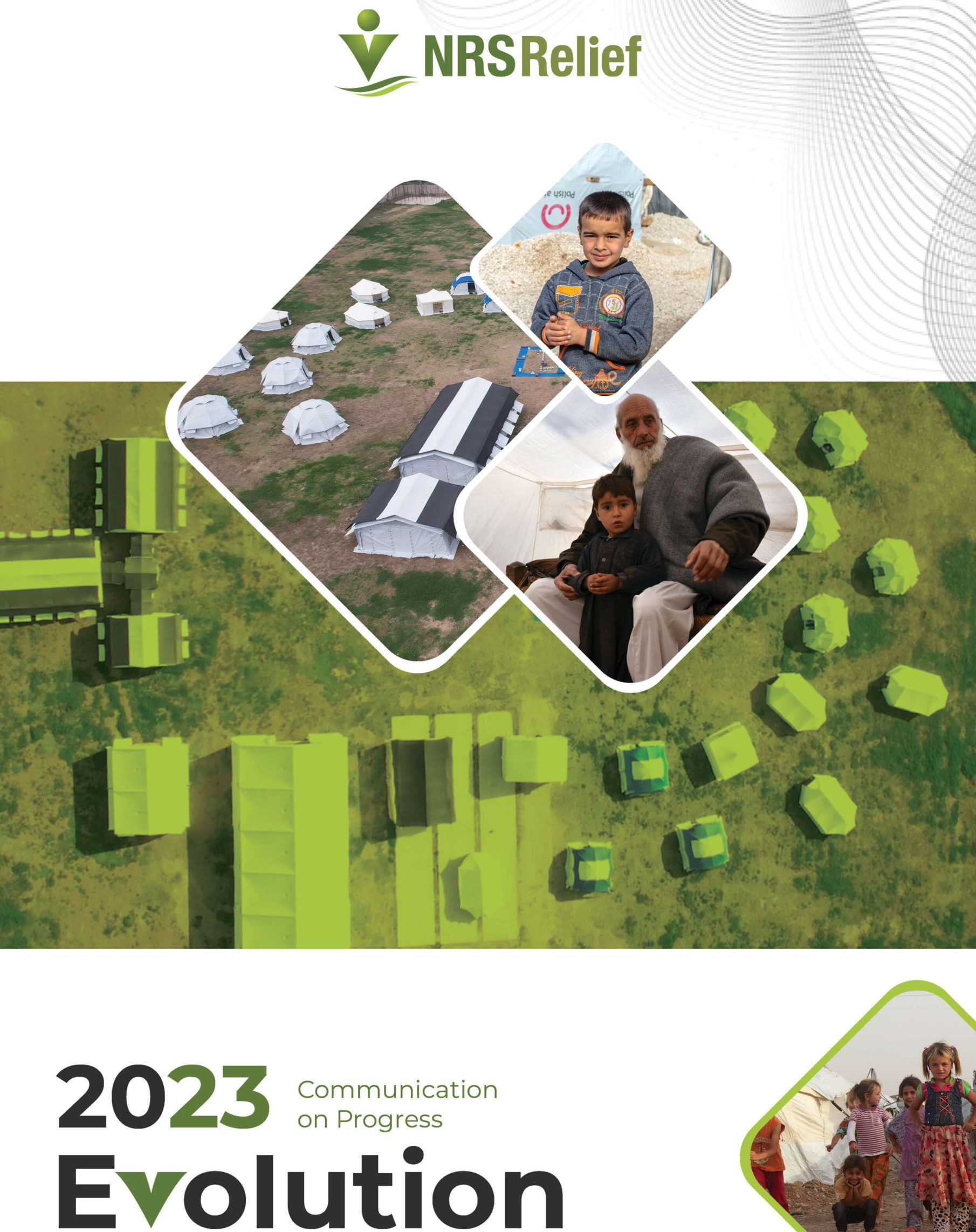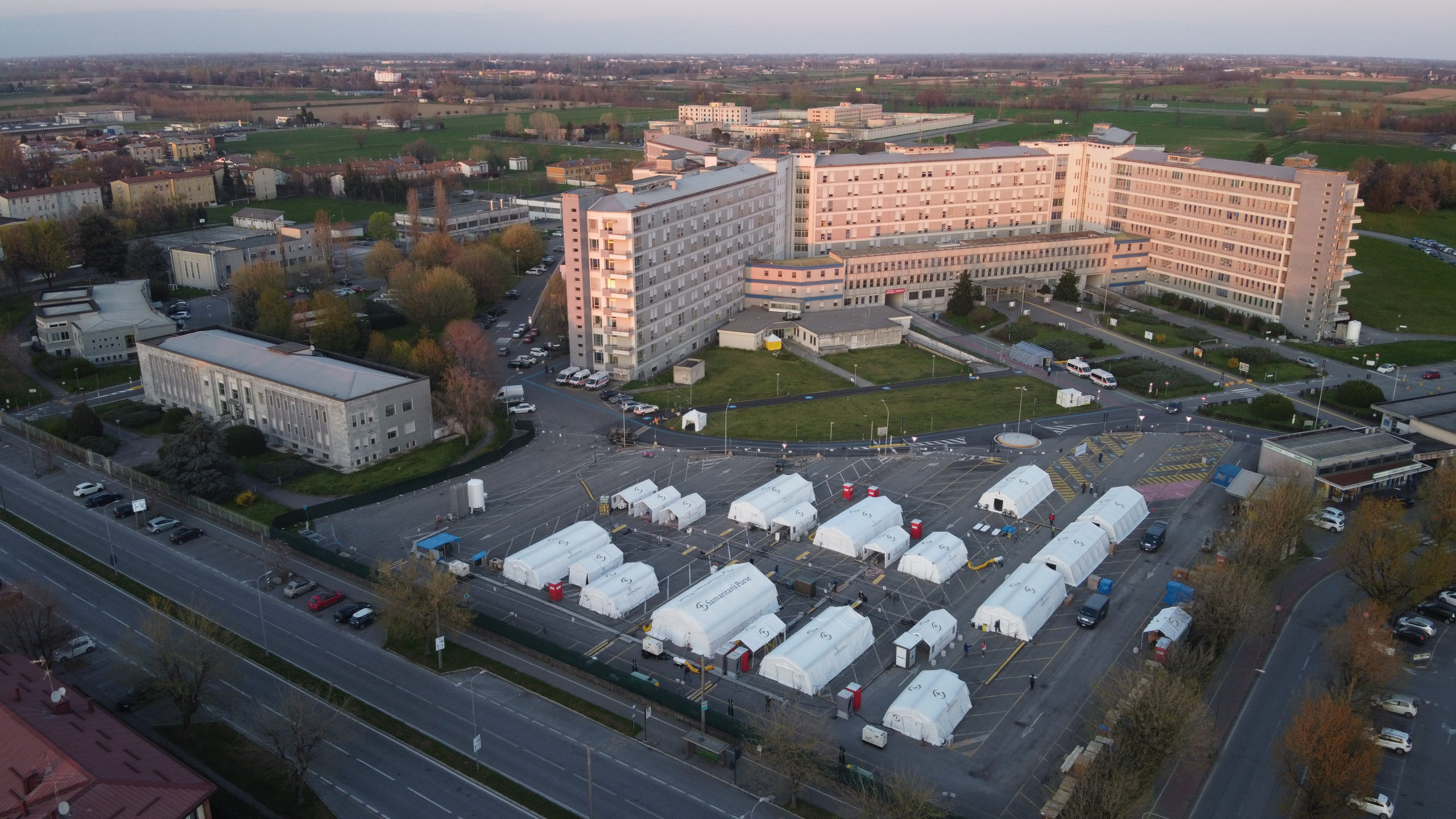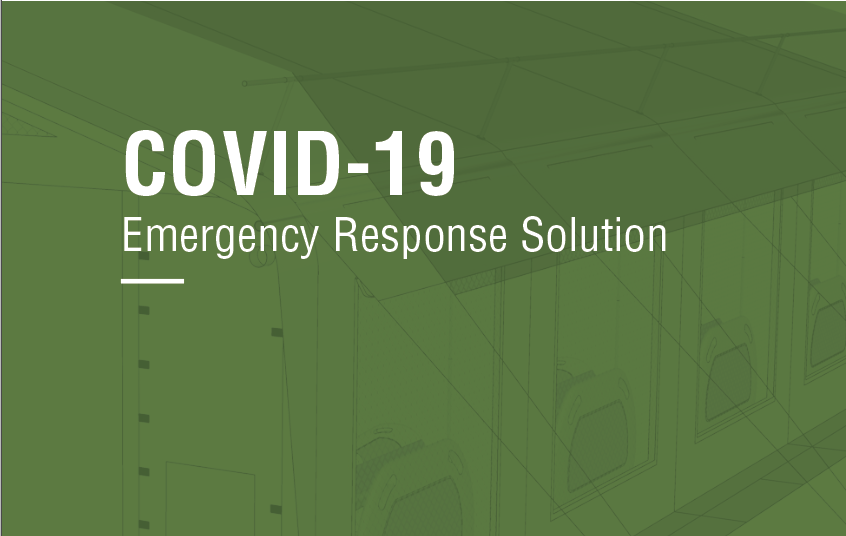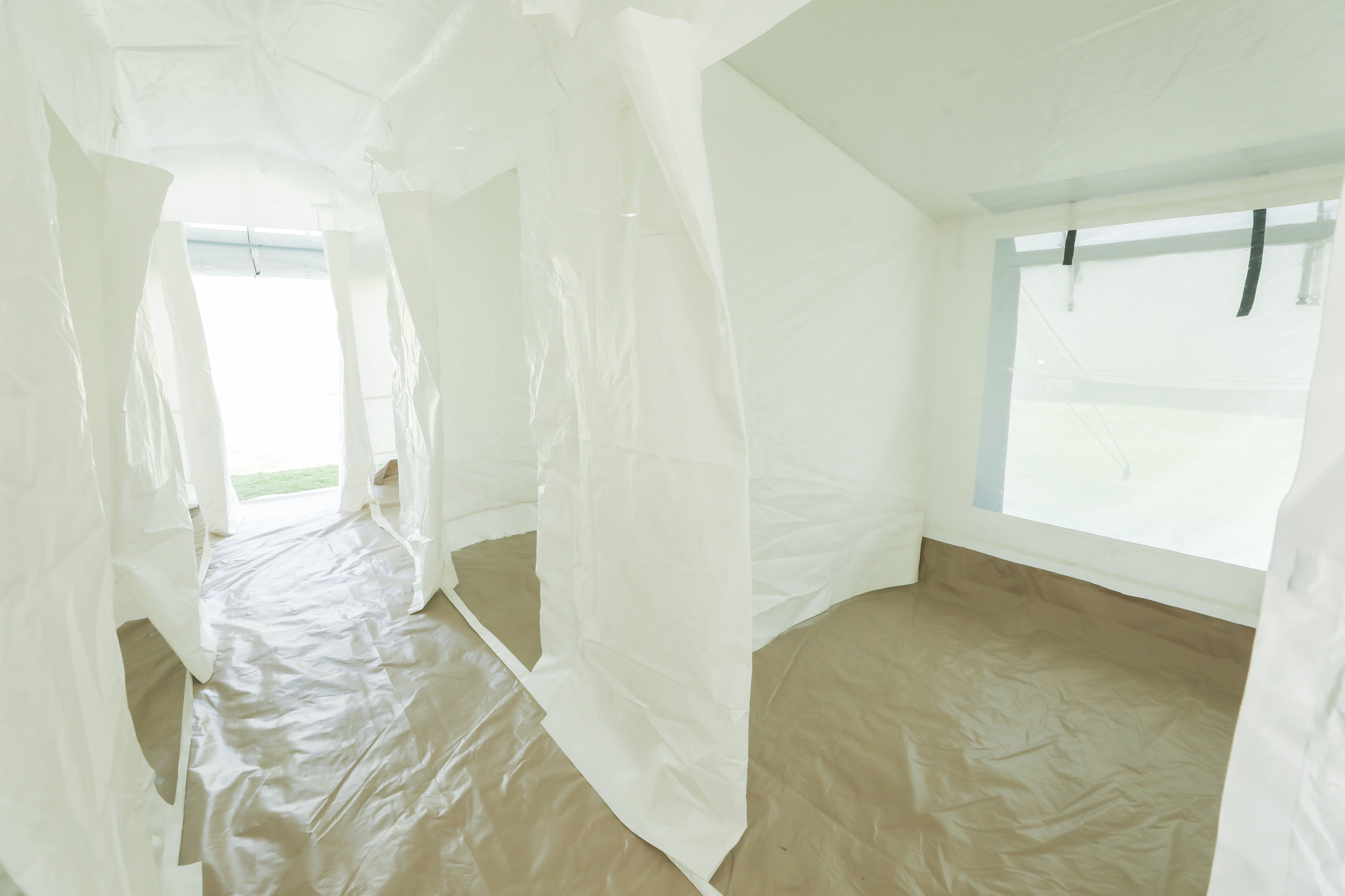Dealing with disasters in Myanmar: Setting the scene for AIDF Asia
NRS Relief looks forward to its participation at the Aid & International Development Forum – AIDF Asia – in Naypyidaw, Myanmar on 14-15 June. In the run up to the conference, we take a few moments to set the scene, and to have a look at how our host country faces a unique set of challenges posed by diverse natural disasters.
When it comes to the sheer numbers and scales of natural disasters, Myanmar has the unfortunate distinction of topping out many of the international rankings of natural disaster risks, both in the context of southeast Asia and on a global level. In particular, the three most damaging events are earthquakes, floods and their associated landslides, and tropical cyclones. So let’s take a closer look…
Earthquakes
The Sagaing fault line runs through the centre of Myanmar, splitting the country into two halves. This is a highly active ‘strike-slip’ fault, the same variety as its more famous cousin in California – the San Andreas fault. The last major earthquake was the magnitude 6.8 Thabeikkyin quake in November 2012, in which 26 people were killed with hundreds of buildings destroyed.
The low death tolls are due to the rural nature of the land near the fault. However, the Myanmar economy has grown in leaps and bounds recently, and major population centres on the fault, such as the new capital city of Naypyidaw, are expanding. Concrete structures are replacing the traditional wooden and bamboo structures which fare better during earthquakes. These factors combine to worsen the possible devastation following future earthquakes.
Floods and landslides
The Irrawaddy is one of Asia’s great rivers, and flows through Myanmar, draining much of the country. Due to monsoon rains from May to October, the river’s volume varies greatly throughout the year. In the dry season, regular ferries struggle to navigate the waterway, yet in the summer months devastating floods can occur, exacerbated by frequent typhoons.
In 2015, prolonged and heavy rains from July through to September caused severe floods, particularly in the Irrawaddy Delta. At their peak the floods affected 9 million people across 12 of Myanmar’s 14 states, killed 100 people and displaced 1.7 million. The floods destroyed 15,000 homes and the inundated 840,000 acres of agricultural land. Deforestation, damming projects and unsustainable agricultural practices exacerbate make the floods even worse.
Cyclones
The Bay of Bengal, which lies directly off the coast of Myanmar, sees some of the strongest and most deadly tropical cyclones anywhere on Earth. These have a particularly devastating effect on the coastal provinces of Myanmar such as Rakhine, and in the low-lying Irrawaddy Delta.
Whilst many cyclone make landfall in Myanmar, a particularly deadly example was Cyclone Nargis in 2008, and was in fact the worst natural disaster in Myanmar since records began. Nearly 200,000 people were killed and 1.7 million temporarily displaced. Houses in rural areas are primarily of wooden, thatch and bamboo construct, and ill-equipped to deal with the strong winds and torrential rains accompanying the cyclones. Regular El Nino event, such as the one last year, can affect rainfall patterns and intensify cyclones.
Ready to help
At NRS Relief, we are ready to respond to such challenges by offering high quality and cost-effective disaster relief supplies to international agencies, bilateral donors, governments and non-governmental organisations. Our international network and multilingual, multicultural staff work round-the-clock to assist our clients and partners around the globe.
Natural disasters and humanitarian crises don’t keep time, so we make sure we are at your service 24/7 to readily respond to your emergency needs. In the immediate aftermath of any disaster, we provide core relief items and disaster relief supplies that are vital for survival, such as family tents, tarpaulins, blankets, water containers and solar lights. We keep a substantial supply of these products to answer immediate needs and we can respond to large demands within short periods of time.
We will be exhibiting at AIDF Asia and showcasing the full range of our humanitarian relief products. We will also actively participate in the conference agenda, and you can catch our colleague Martina Aureli presenting on “Building Successful Public-Private-People Partnerships” at 16.05 hrs on Day 1.
We look forward to seeing you there!










